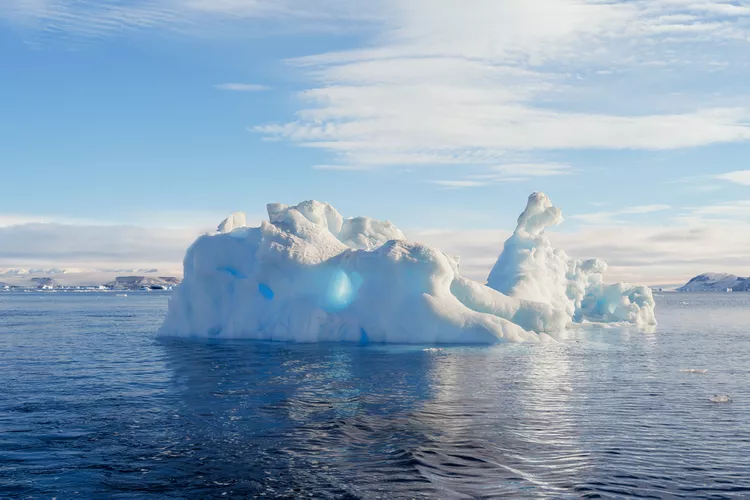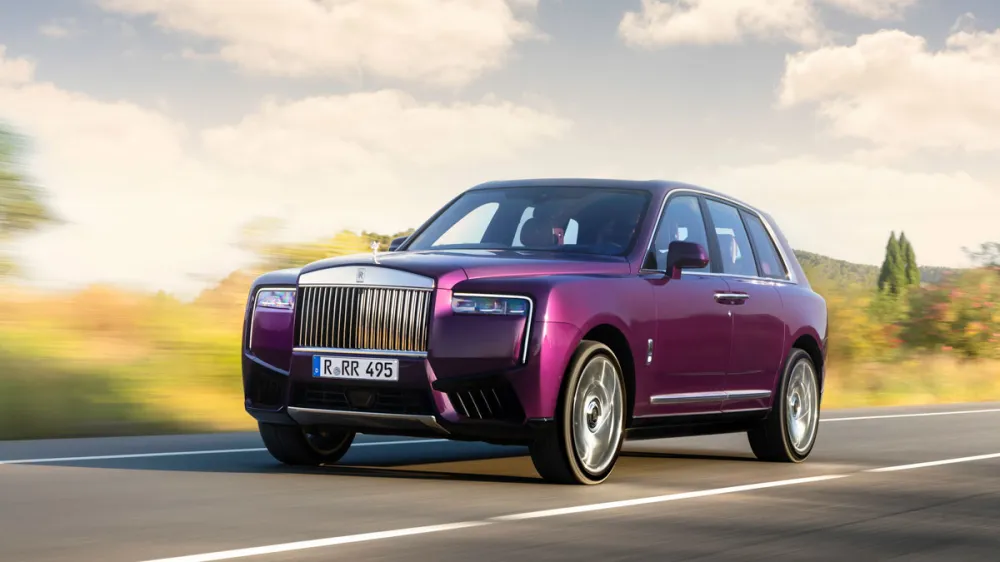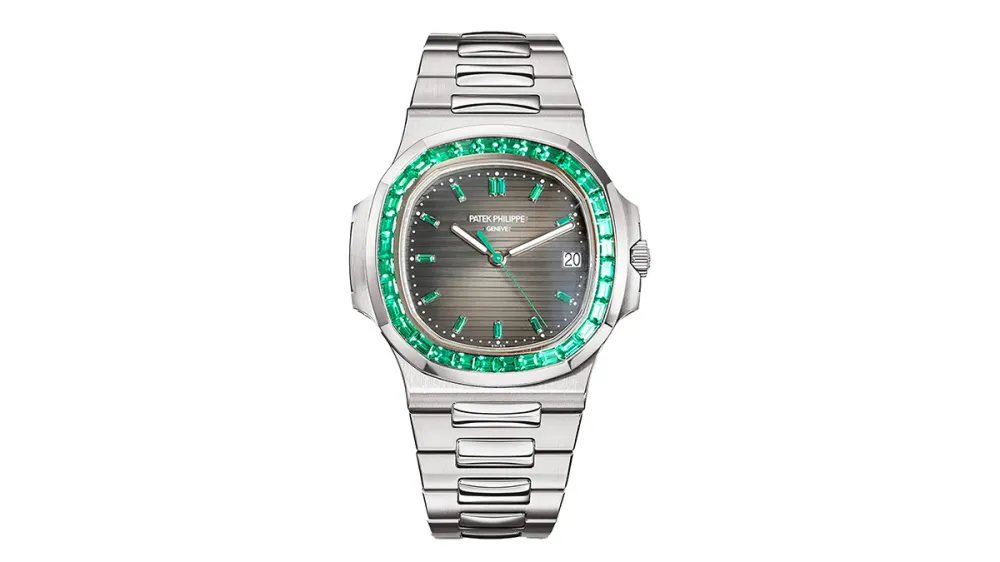The cruise industry is just one of several that is feeling the effects of climate change. The cruising experience is facing many challenges due to the increasing volatility of weather patterns and the warming planet. Passengers’ expectations and needs are changing as a result of these changes, which are also impacting the operational parts of cruising. This article delves into the complex ways in which climate change is influencing cruising, pointing out both the current state of affairs and the potential future developments.
Climate Change and Rising Sea Levels: Two Environmental Concerns
When it comes to the consequences of climate change and increasing sea levels, the cruise sector is at the very bottom. Major interruptions to operations may result from these environmental shifts, which include:

Concerns about Port Infrastructure: With the potential for increased flooding caused by rising sea levels, numerous coastal ports that play a vital role in the cruise industry may become inaccessible or even useless. Costly modifications, including raised structures or altered docking facilities, may be necessary for ports that function as significant cruise liner hubs.
Cruise itineraries may need to be revised due to the increased frequency and intensity of storms brought about by shifting weather patterns. Traditional cruise locations may lose their appeal, prompting firms to seek out alternative, possibly less developed, locations. Enhanced safety precautions may be necessary and operational expenses may rise as a result of this change.
Consequences for Regulation: Tighter Environmental Rules
Governments and international entities are imposing stricter environmental rules on the cruise industry in response to the growing awareness of climate change. Because of their large contribution to both maritime pollution and greenhouse gas emissions, cruise ships are subject to stringent environmental restrictions aimed at reducing these negative effects. Some important effects of regulations are:
Cleaner technology and alternative fuels are two ways that cruise lines can lessen their impact on the environment and comply with emission reduction mandates. There are significant financial ramifications to this change, but it is necessary for compliance.
Ships are being compelled to modify their waste management systems in response to the enforcement of enhanced laws on garbage disposal at sea. Both the operational expense and the need for ongoing training and monitoring to guarantee compliance are affected by this.

Embracing the New Normal: Technological Innovations
In order to overcome these obstacles and remain competitive, the cruise sector relies on technological advancements. To ensure the long-term viability of the cruise industry and lessen its negative effects on the environment, certain innovations are essential:
Efforts are underway to create new ship designs that are more environmentally friendly by reducing emissions and increasing energy efficiency. These ships have solar panels, energy-efficient engines, and cutting-edge hull designs to reduce their impact on the environment.
Hydrogen and liquefied natural gas (LNG) are two of the alternative fuels being investigated by the industry as potential sustainable ship propulsion options. Despite the obvious environmental advantages, these fuels will need expensive infrastructure upgrades and vessel retrofits if they are to be widely used.
Shipboard Sustainability Initiatives: A growing number of cruise companies are introducing shipboard sustainability initiatives to cut down on trash, save water, and increase recycling rates. In addition to satisfying legal mandates, these methods also cater to the increasing demand from eco-conscious vacationers.
Effects on the Economy: Possible Price Changes and Changes in the Market
Climate change will have far-reaching financial consequences for the cruise line sector. Consumer prices could rise as a result of operational cost increases caused by investments in new technology, regulatory compliance, and possible route adjustments. Nevertheless, these expenses are essential for the industry’s viability in the long run.
Investment in sustainable technology and compliance with new rules will drive up operational expenses. A change in consumer demographics could occur if cruise lines increase prices to cover these expenditures.
Environmental changes are making classic cruise routes less profitable, which could lead to a change in popular locations in the sector. While this may lead to untapped markets, it could also necessitate heavy advertising to lure consumers to unfamiliar places.
Sustainable Cruising: Meeting Customer Expectations
Consumers nowadays are more mindful than ever before of the effects their travel decisions have on the environment. This shift in consumer expectations is driving the desire for more sustainable sailing options:

The Cruise Industry’s Future: Looking Ahead
In light of the difficulties brought on by climate change, the future of the cruise industry is uncertain. There will be challenges along the way, but there will also be chances for creativity and progress. The sector can adapt to the changing environmental conditions and even prosper in spite of climate change if it adopts sustainable methods.
Final Thoughts: Charting a Course for the Future of Cruising
Environmental, legislative, economic, and consumer-driven changes are just a few of the ways in which climate change threatens the cruise industry. However, these obstacles can be overcome, and amazing travel experiences can continue if the industry embraces sustainable methods and new technology. Our shared capacity to adjust and develop in response to climate change will determine whether or not cruising can continue to be an attractive form of vacationing for future generations.








